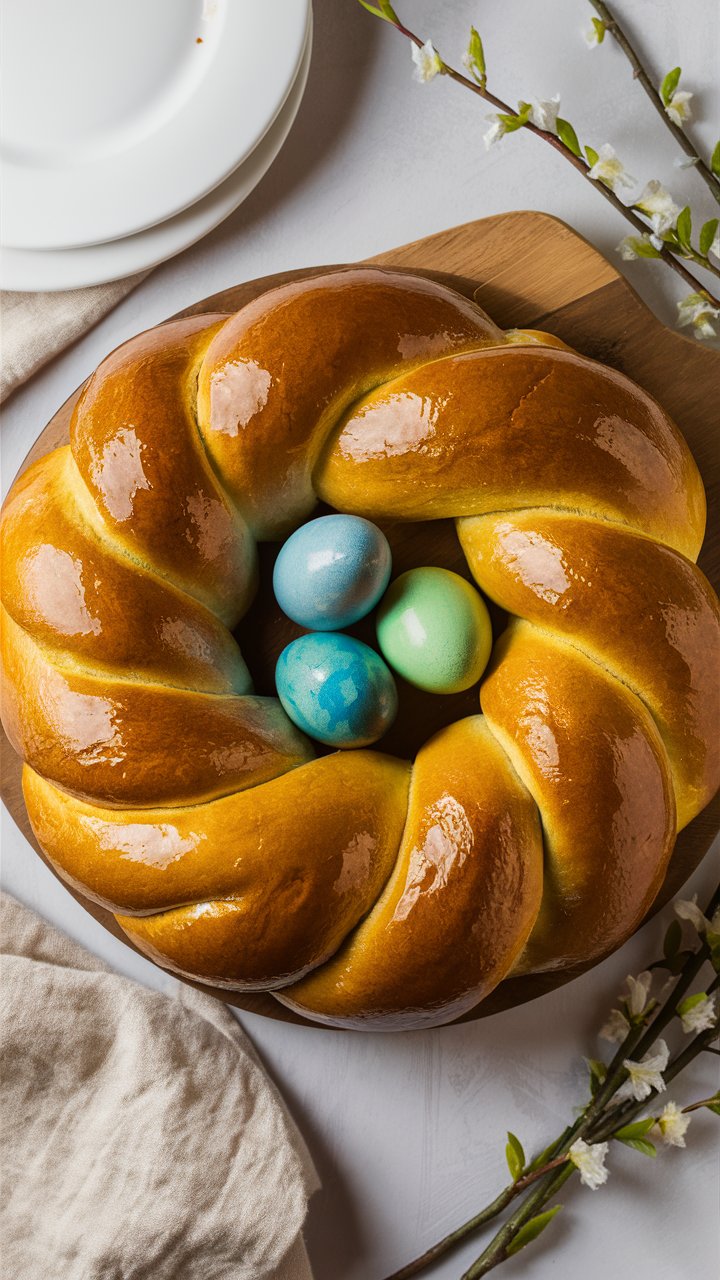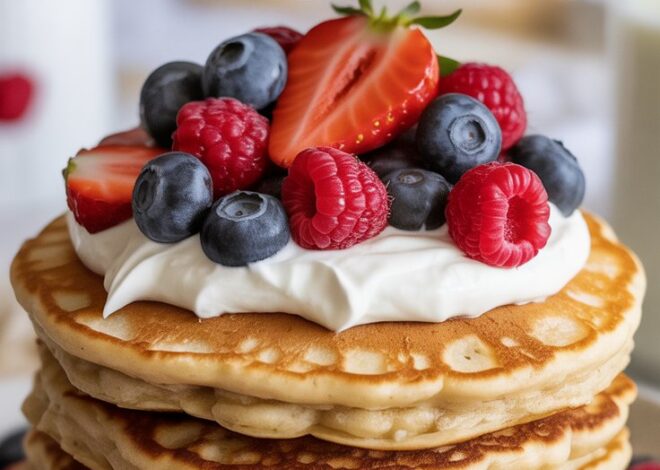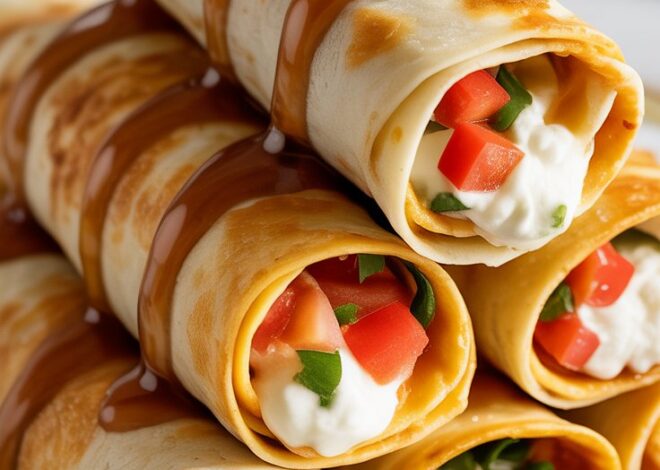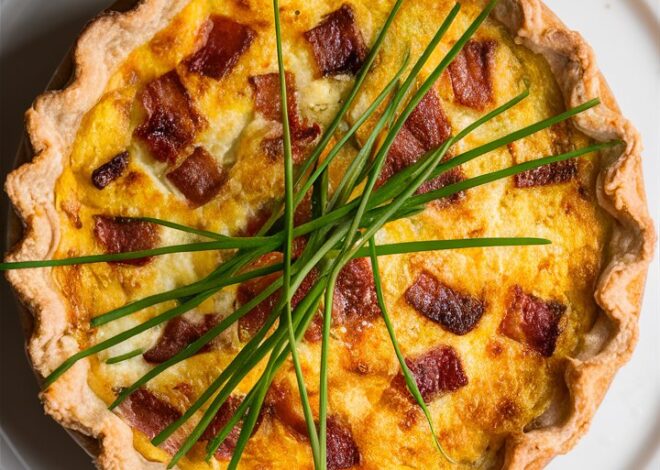
How to Make Grandma Nardi’s Authentic Italian Easter Bread at Home 2025
Italian Easter Bread is more than just a sweet loaf; it is a beautiful symbol of faith, family, and festive celebration that has been passed down through generations. Rooted deeply in Italian culture, this golden, braided bread adorned with vibrantly dyed eggs represents new life, resurrection, and the joy of spring.
Among many treasured recipes, Grandma Nardi’s Italian Easter Bread stands out as a timeless heirloom, cherished for its tender crumb, subtle citrus notes, and warm, comforting flavor. The tradition of baking this bread brings families together, filling homes with the irresistible aroma of fresh yeast, orange zest, and sweetness, and creating moments of joy and connection that last long after the bread is gone.
In this comprehensive guide, we’ll explore the history, cultural significance, detailed preparation steps, variations, tips, and more to help you bake your own perfect loaf of Grandma Nardi’s Italian Easter Bread, whether for Easter brunch, spring celebrations, or simply as a delicious breakfast treat.
History and Tradition of Italian Easter Bread
Italian Easter Bread traces its origins back centuries, tied closely to the Christian celebration of Easter. In Italy, bread has always been a sacred staple, symbolizing sustenance and life. The addition of colored eggs — a symbol of resurrection and rebirth — turned this everyday bread into a festive centerpiece.
Each region of Italy has its own version of Easter bread, with differences in shape, ingredients, and decoration. Some areas favor simple rounds, others elaborate braids, but all share the common theme of celebrating renewal.
The tradition of coloring eggs dates back to ancient times, when eggs were seen as magical symbols of fertility and life. By baking the eggs directly into the bread dough, Italian families honored both their faith and the promise of new beginnings.
Ingredients: The Foundation of Flavor
At the heart of Grandma Nardi’s recipe lies a balance of quality ingredients chosen for flavor and texture.
- Flour: Use high-quality all-purpose flour. The gluten content is key for a soft yet sturdy dough that can hold the eggs and maintain its shape.
- Yeast: Active dry yeast or fresh yeast activates the bread’s rise and gives it a light, airy crumb.
- Sugar and Butter: Just enough to impart sweetness and richness without overpowering the delicate flavors.
- Eggs: Used both in the dough for tenderness and as the colorful raw eggs nestled into the braid.
- Citrus Zest: Orange zest adds a bright, fragrant note that elevates the bread; lemon zest can be used for a slightly different but equally delicious flavor.
- Vanilla Extract: Adds subtle warmth and complexity.
- Food-Safe Egg Dye: Essential for coloring the eggs that go into the bread; homemade natural dyes or store-bought safe dyes can be used.
Step-by-Step Instructions
1. Activate the Yeast
The foundation of a good bread lies in properly activating the yeast. Combine warm milk (110°F) with a teaspoon of sugar and the yeast. Wait 5-10 minutes until it becomes foamy and bubbly — a sign that the yeast is alive and ready.
Tip: Milk that is too hot can kill yeast; too cold will delay activation.
2. Prepare the Dough
In a large bowl, mix 3 1/2 cups of flour, the remaining sugar, and salt. Add the foamy yeast mixture, softened butter, vanilla extract, orange zest, and eggs. Knead well until the dough becomes soft, smooth, and elastic.
If too sticky, add flour a tablespoon at a time; if too dry, a bit more warm milk can help.
3. First Rise
Place the dough in a greased bowl, cover it with a clean towel, and let it rise in a warm spot for about 1 to 1.5 hours, until doubled in size.
4. Shape the Dough
Punch down the dough gently and divide into three equal parts. Roll each into ropes about 12-15 inches long. Braid the ropes together firmly but gently.
Form the braid into a circle or leave straight as preferred. Carefully nestle the dyed raw eggs into the braid, spacing evenly, pressing slightly into the dough so they stay in place.
5. Second Rise
Transfer to a parchment-lined baking sheet. Cover loosely and let rise for 30-45 minutes.
6. Bake
Preheat oven to 350°F (175°C). Beat the remaining egg and brush over the loaf for a glossy finish. Sprinkle with decorative sprinkles if desired.
Bake for 25-30 minutes until golden and hollow sounding when tapped.
7. Cool and Serve
Cool completely on a wire rack before slicing. Serve plain or with butter, honey, or jam.
Troubleshooting Common Issues
- Dough Won’t Rise: Check yeast freshness, milk temperature, and environment warmth.
- Sticky Dough: Add flour sparingly; avoid making dough too stiff.
- Cracking Eggs: Handle eggs gently; ensure even pressure when placing them.
- Overbaking: Watch closely after 25 minutes to avoid drying out the bread.
Variations and Customizations
- Swap orange zest for lemon or add a pinch of cinnamon or anise for different flavor profiles.
- For gluten-free versions, use a mix of gluten-free flours and xanthan gum, adjusting liquids as needed.
- Vegan option: Replace eggs with flax or chia eggs and use plant-based butter and milk.
- Decorate with pearl sugar or nuts instead of sprinkles.
Serving Ideas and Pairings
This bread is excellent with morning coffee or tea. Try it toasted with butter and honey or alongside fresh fruit and cheese for a festive brunch.
Storing and Reheating Tips
Store in an airtight container at room temperature for up to 3 days. Freeze wrapped tightly for up to 1 month. Reheat slices gently in a toaster or oven for best texture.
Frequently Asked Questions (Expanded)
Are the eggs safe to eat after baking?
Yes, baking cooks the raw eggs inside the bread, making them safe.
Can I dye eggs at home?
Yes, use food-safe dyes or natural dyes made from onion skins, beets, or turmeric.
Can I make this in a bread machine?
Kneading can be done in a bread machine, but shaping and baking require handwork.
Conclusion
Baking Grandma Nardi’s Italian Easter Bread is more than making a delicious treat; it’s about carrying on a tradition filled with love, faith, and togetherness. With its golden crust, tender crumb, and joyful colors, this bread invites you to create new memories while honoring old ones.
Gather your ingredients, invite your loved ones to help, and enjoy the heartwarming experience of baking a loaf that tastes like home.


